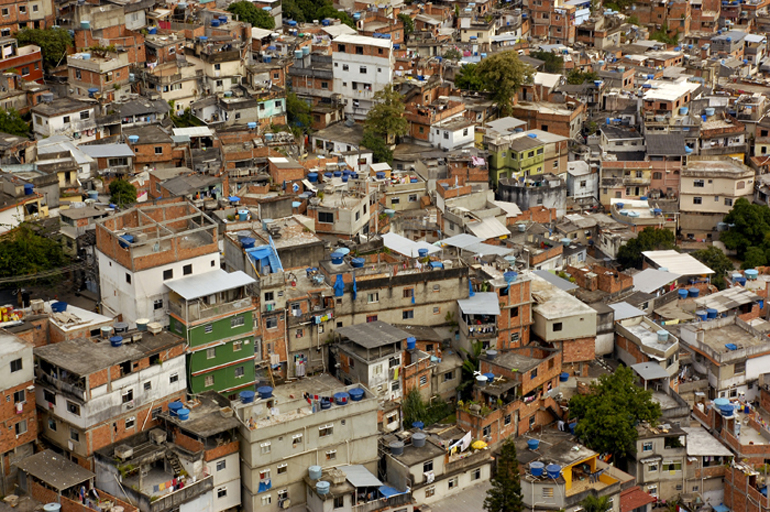
Thomas Malthus was an English economist who, in 1798, formulated a general law of human population based on models that worked well in nature. The law states that local human populations grow until they exceed available food supplies. Then war, famine, and disease decrease the number of people to restore balance. The law also implies that, as with other species, there comes a time of relative stability in numbers. This has yet to happen with humans.
What Malthus was unable to reason at the time was the ingenuity of his species. As the ink was drying on his dire predictions, the population in already crowded Western Europe began to increase rather than decrease. This happened because of the sudden availability of imported foods from the New World. Agriculture had gone global.
As population continued to increase in Europe cities became cesspools of cholera and typhus. According to Malthus, this would rapidly reverse population growth. But again ingenuity nullified logic. During the mid nineteenth century sewers began to isolate man from his biological wastes, thus averting widespread epidemics. Filtration and chlorination would come along later and add even more protection from water-borne diseases. The net effect was a decrease in childhood mortality which led to an even higher birth rate.
The modern era has seen wonder drugs, vaccines, and improved maternal-child care added to the growing list of developments that have fueled the relentless growth of human numbers. But even more significant was the green revolution of the mid 1900s, a combination of high yield grains, irrigation, and fertilizers, which led to a two to three fold increase in food production. In the process about half of world hunger was eliminated, resulting in an explosion of third world populations that continues to the present.
And now, some gerontologists are forecasting life expectancies of greater than a century in many first world countries. By 2050! Only a pessimist would see all this as gloomy. And yet....
The favelas (slums) of Rio in Brazil are a good example of how the poor in second and third world countries live.